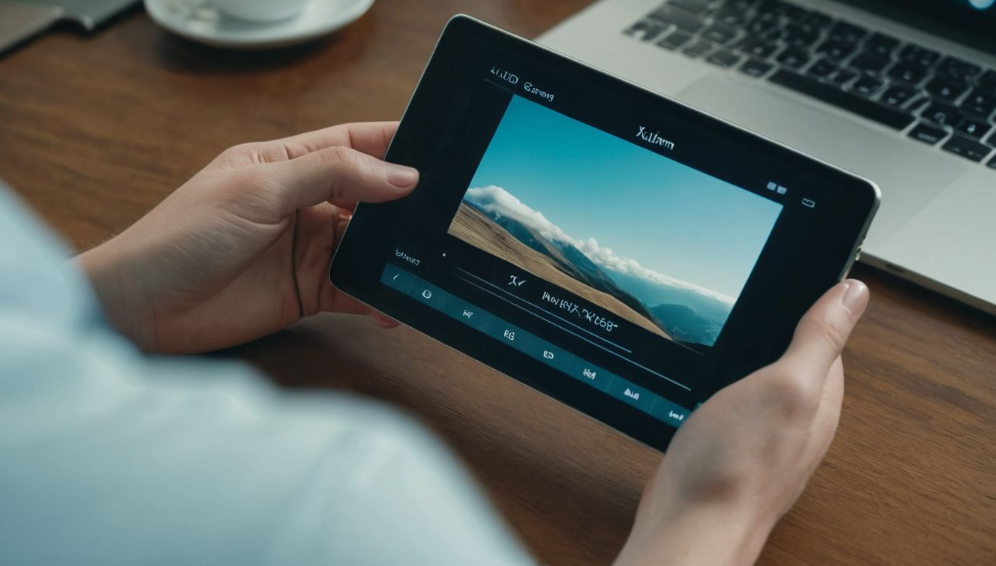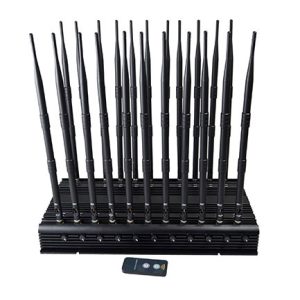In this era where everyone is almost always “online”, having a little “offline right” is becoming more and more luxurious.
Not all connections are necessary, and not every communication is out of good intentions. Frequency jammers are not tools of violent destruction, nor are they a symbol of technological regression, but a device that adds boundaries to life – creating signal blind spots where “blanks” are needed, allowing spaces (conference rooms, bedrooms or personal studios) to return to their original purpose.
Stay away from prying eyes: Just because you don’t talk doesn’t mean no one is eavesdropping
Modern eavesdropping is no longer like James Bond wearing headphones, but your mobile phone, which you thought was “turned off”, quietly recording and uploading in the background; it is a seemingly harmless smartwatch that records all conversations under the conference table.
Use anti voice recording devices for privacy protection in highly confidential places – even if the device is running, no valuable sounds can be received. It does not rely on detecting the location of the device, but actively interferes with the ability to pick up sound itself.
In scenarios such as business negotiations, prototype presentations, and psychological counseling, such “inaudible” is more valuable than “invisible”.
Improve concentration and environmental quality
Modern people have serious information anxiety. Most of the time, they are not “not focused enough”, but too easily interrupted. Deploying directional signal jammers in office spaces and libraries can effectively limit the uncontrolled use of devices, reduce sudden phone rings or notification alerts, and create a quiet and coherent environment for concentration.
Digital “Do Not Disturb”: Improve Public Order
In exam rooms, theaters or religious places, uninvited mobile phone rings or private photography are often embarrassing. Using regional wireless signal shielding devices, you can set a “quiet mode” for specific spaces. They can be regarded as a digital version of the “Do Not Disturb” sign, adding value to the public experience.
Final Thoughts
Privacy is not hiding, but choosing what to share, when to share, and with whom to share.
When you deploy it in a cautious and limited way, its value will not be misunderstood, but may become an “order repairer” for modern life.


